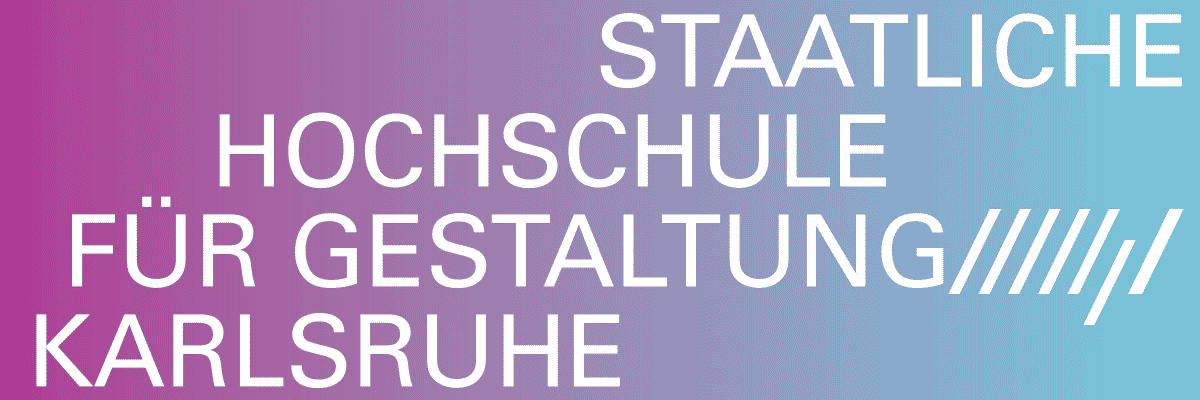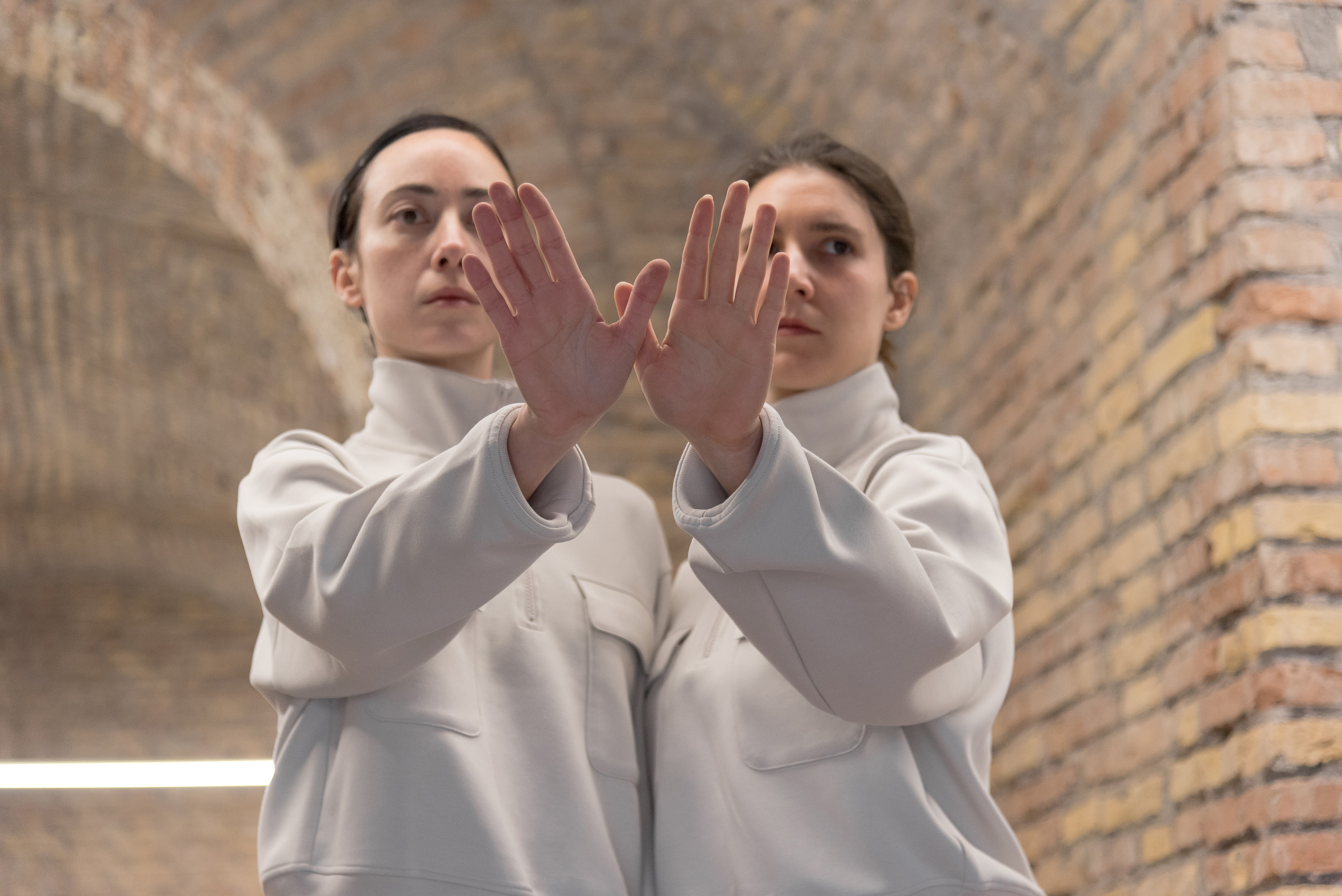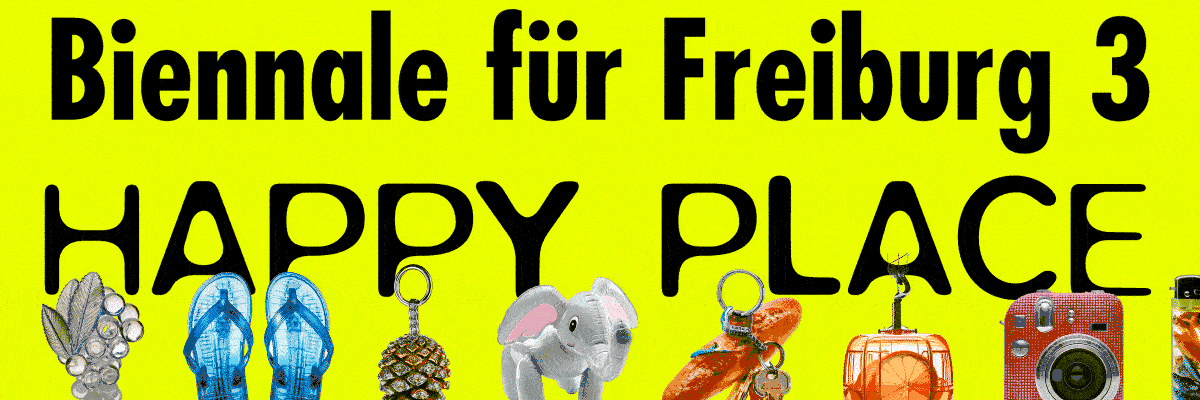
Antonio Della Guardia
Nei Calanchi della Visione

Advertisement








In the beating heart of Trastevere lies a legend shrouded in mystery, known only to a few. Where the Basilica of Santa Maria in Trastevere now stands, it is said that in 38 BC, a miraculous oil gushed from the depths of the earth, spreading through the streets of the district—first a trickle, then a stream—until it reached the Tiber. To this day, to the right of the altar, the inscription FONS OLEI bears witness to that sacred event, which led to the creation of the first sanctuary dedicated to Mary.
This legacy inspires the exhibition Nei Calanchi della Visione by Antonio Della Guardia, which, starting from the underground spaces of Supernova, has expanded its horizons across the entire city. Just like calanchi—geological formations born from erosion and landscape transformation—these two new projects revolve around the urgency of delving into the depths of contemporaneity and vision, using the body and imagination as investigative tools.
The performance Know not to be (2023–ongoing) is part of an evolving performative project centered on the artist’s current research into the influence of body proxemics in managerial contexts, examined through the lens of Business Theatre. This practice, which emerged in the mid-1980s in Québec (Canada), applies theatrical techniques in corporate settings to enhance communication, authority, and leadership. The spatial arrangement of desks influences how we perceive others and conveys implicit messages of authority and control. In the performance, desks are not mere props but become a site-specific installation: their identity shifts from a station of mechanical repetitiveness to a dynamic environment where routes and paths break conventional patterns. The hidden space beneath the desks, intimate and secret, is also explored as a source of new perspectives on the ordinary, opening up to an alternative temporality. Much like childhood hideouts where one could retreat into a private sense of time, this exploration of the underside becomes an immersion into another reality. Performers Claudia Tomaino and Serena Zaccagnini appear almost ethereal, as if emerging from a proximate reality. Their movements, initially reminiscent of animalistic gestures, reference the competitive dynamics of the working world while subverting its norms: urgency and dominance, haste and aggression are transformed into gestures that dismantle the rigidity of the everyday and deconstruct its behaviors. The interplay between animalistic behavior and workplace dynamics marks the beginning of a new chapter in the artist’s research, one that seeks an escape from corporate constraints in favor of a profoundly liberating vision. The music, composed by Gabriel Fischer, follows the rhythm of the performers' movements, alternating between slow and fast intervals. A butterfly, formed by the conjunction of their hands, and their oblique movements disrupt the linearity of conventional walking, turning actions into poetic gestures. Clenched fists or the tracing of desk perimeters—typically symbols of imposed order—become instead an invitation to reimagine the use of both the body and the object. In creating the performance, Della Guardia engaged in an uninterrupted residency at Supernova, marked by rehearsals and setups, which soon evolved into a true Roman artistic residence. This space became a factory of sorts, where every intervention and experience contributed to shaping works that fully engage with the environment. Similarly, the artist’s imagination extended beyond the exhibition space, reaching out into the urban fabric of Rome. Deep within Supernova lies the new series Per delle pratiche di nuova realtà (2021–ongoing): seven installations in celestial blue neon, each dedicated to a different location in the capital. Selected over the past decade through visits and projects, these places are not merely mapped out but are presented for their profound symbolic and poetic value, inviting exploration. Each site—one for each day of the week—completes a cycle of new visions. In this context, the number seven—often associated with the Anima Mundi and the idea of unity—becomes a reference to a renewed perception of reality, where urban spaces merge into a single field of creative potential. These locations have inspired imaginative performative exercises, represented through drawings and written instructions. As the title suggests, they are practices offered to help us rediscover both ourselves and our connection with the external world—practices that must be enacted.
Through a combination of tangible materials and visionary perspectives, the artist proposes a new reading of the relationship between urban space and personal experience. From the majestic Parco degli Acquedotti to the panoramic view from Monte Cucco—featured as the backdrop in Mamma Roma and Uccellacci e uccellini, both by Pasolini—the journey continues through the Pyramid of Cestius and the Gianicolo Lighthouse, symbols of distant worlds and peoples. The vital energy of the city emerges from Lago Bullicante and takes root in the suspended Isola Tiberina, culminating in a contemporary Tower of Babel embodied by the Esquilino Market. The imagination sparked by these places—whether transient spaces, meeting points, or sites of separation from the city itself—creates a fracture in our perception of them. Della Guardia transports us from the depths of Rome’s underground spaces to landscapes we will never see the same way again.
Niccolò Giacomazzi




